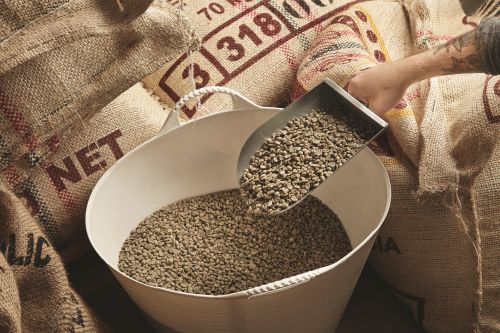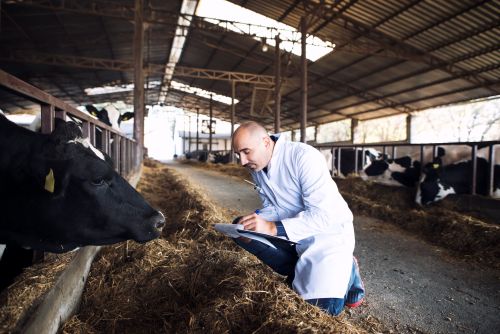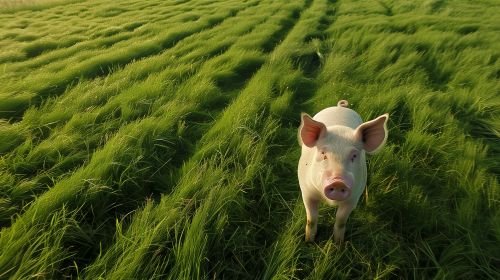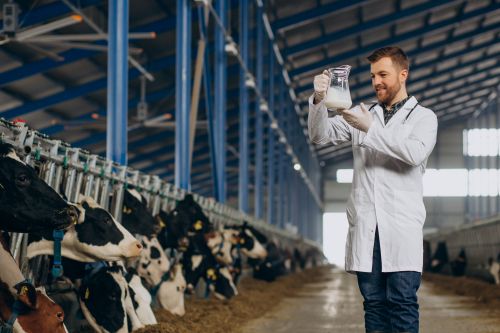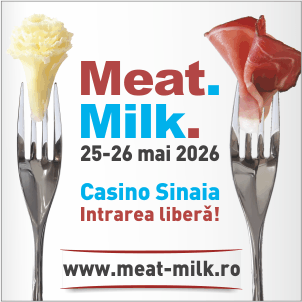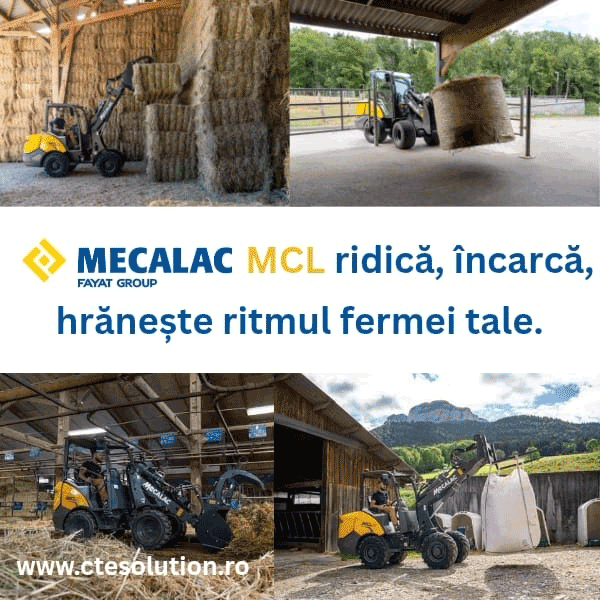443
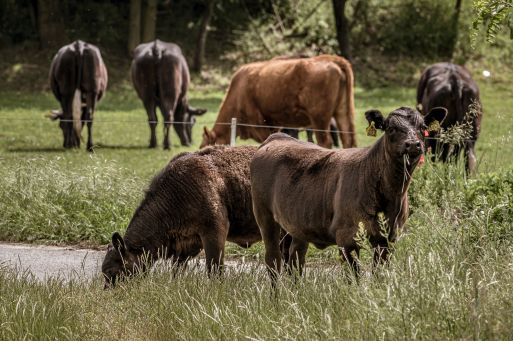
After several years of decline, the Romanian cattle sector is beginning to show signs of stabilization. According to data from the National Institute of Statistics (INS), Romania held approximately 1.85 million head of cattle at the end of 2024 — a level similar to that of 2023 — but with a slight increase in specialized dairy and beef breeds.
At the same time, APIA announced that over 72,000 farmers received welfare support for dairy cows in 2024, with total payments exceeding €270 million. These subsidies have allowed small and medium-sized farms to maintain production levels despite rising energy and feed costs.
On the beef segment, domestic demand for high-quality meat — particularly breeds such as Angus, Charolaise, and Blue Belgian — continues to grow. However, Romania still imports significant volumes of processed meat, highlighting the urgent need for investment in regional slaughterhouses and local processing capacity.
Prospects for 2025 depend largely on the consolidation of commercial farms and the implementation of funding under the CAP Strategic Plan (PNS) 2023–2027, focused on modernization and genetics. Romania has the potential to become a competitive supplier on the European beef market, provided that the entire production chain — from breeding to export — is properly developed.
(Photo: Freepik)
